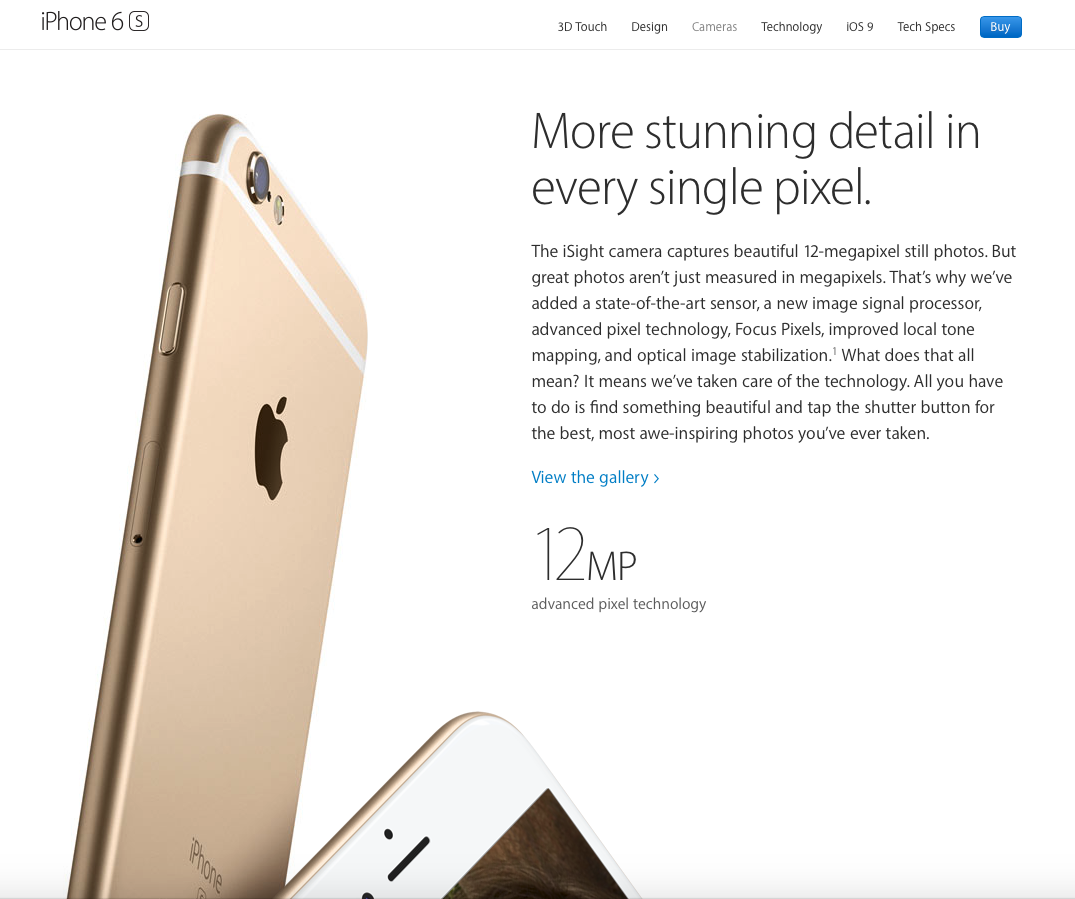
Business is all about solving problems. The better you do that, the more customers you’ll acquire and retain. The only way to communicate how well you solve problems for ideal customers is to articulate it.
This presents a new and unique problem for many online business owners: How can I craft compelling copy?
Copywriting “is the art and science of strategically delivering words (whether written or spoken) that get people to take some form of action.”
If you own a company website and you’re bootstrapping your way to success, you’re probably familiar with this scenario:
You’re up late, drafting copy for your online store, scribbling feverishly, typing away but you’re still unhappy with the result. So you start over, several times. You have a great product so it should be easy to describe, right?
But you’re just not sure how to position your e-commerce website to attract more online visitors and present a customer journey that persuades them to make a purchase.
And you’ve read about the importance of SEO, but you’re unsure how to balance your content with the right keywords so it reads like an actual story and not SEO soup.
If copywriting is a challenge for you, here’s a look at four key mistakes to avoid along with action steps to fix what you’ve already created.
1. Copywriting mistake #1: Feature focus.
If you’re selling online, you have to think like a customer. And most buyers want an answer to the age old question “What’s in it for me?” (Aren’t they just so selfish?)
Look, I’ve been guilty of this too. You get so wrapped up in sharing how awesome your widget is that you lose sight of the one thing that drives sales: benefits.
A benefit in its simplest form increases pleasure or relieves pain, in line with the ultimate goal(s) that a buyer has in mind. Remember: customers buy outcomes. Products are just a bridge to that desired result.

When it comes to purchase behavior, customers could care less about the minutiae details (in most industries). So instead of keying in on your latest design detail, balance it with something tangible.
Take a page from Apple’s playbook: they only mention the speed of a processor or megapixels in their latest rear-facing camera update because shoppers want to get more done and take better pictures, respectively.

As the age-old adage goes: facts tell, stories sell. Adding direct benefits to those all-important features makes your product instantly more appealing, just like a good story. Now customers can see how to apply it to their lifestyle, instead of reading through some unreachable concept.
So what’s the solution?
Get organized! Create a list of product features with associated benefits. Part of a great sales offer is proof. If you have a feature that can’t translate into a tangible benefit, then leave it out! Only mention what customers actually care about . . . the things that will help them achieve their goals.
2. Copywriting mistake #2: Meaningless words.
This is an easy trap to fall into. You know what I mean, those glittering generalities that don’t differentiate you from the competition. Words like “new”, “best”, “innovative”, etc. You’ll see them peppered on other websites with flashy graphics, but they don’t address one crucial question: “Why?”
Cut a clear path to a purchase. This is where you can amplify value to the customer because it focuses on something that online business struggle with: trust.

With approximately 1 billion websites in the world today the world wide web is cluttered with options. And while, “digital interactions influenced retail sales to the tune of $2.2 trillion in 2015,” if you’re not clear on your value you’ll miss out on ample sales opportunities.
Trust can accelerate the decision-making process. It starts with cutting through the muck and declaring exactly what you do best. That’s the power of brilliant e-commerce copywriting.
So what’s the solution?
Get your virtual scissors ready! Read through your website copy and remove words that don’t add value. Just cut them out. You’ll see immediate clarity in your copy and you’ll have more room for words that actually matter. Check the readability of your content with the Readability Test Tool.
3. Copywriting mistake #3: Missing buzzwords.
This is huge! Customers need a point of reference, a sign post that says, “You’re in the right place.” Without it, your website will suffer a high bounce rate as a large percentage of visitors navigate away from your site after viewing only one page. Your site has failed to become sticky. In other words, B-O-R-I-N-G!
So what’s the solution?
Include “searchable” words in your website content. Ask yourself, “What would someone Google if they wanted to find my product?” Then, “What’s the first thing they’d need to see?”
This helps you make a proper introduction to new site visitors. If they know they’re in the right place, they’re more likely to hang around. That initial confirmation encourages further interaction. It’s what you want when starting a new customer relationship.
4. Copywriting mistake #4: Independent statements.
When it comes to e-commerce copywriting this mistake is all too common. They’ve landed on your site and they are engaged. Holding their interest is the next step down the sales path. Unfortunately, a lot of brands stumble here because their copy is disjointed.
Don’t string together phrases that just sound good. Instead, build on the previous sentence or concept.

For example, many websites or product pages read like a litany of facts or a list of bullets: dull, boring, lifeless. Think of it like links in a chain or better yet — rungs on a ladder. What will keep them climbing? Are you tugging at heart strings or introducing humor?
So what’s the solution?
Good sales copy is like a really good conversation. Avoid corporate babble or generic terms. Make it relatable, useful, and most importantly, easy to understand. Use words that your customer would use.
“In this style of copy, you write as if there is a conversation between two people: the copywriter and the prospect. The language here would be no different than a salesman sitting down for lunch with a customer and talking through a sales presentation. It’s a straightforward approach that tries to identify with the reader . . .”
Great copywriting puts a concept within reach and that brings the customer closer to reaching for their wallet.
5. Bonus: Copywriting mistake #5: Weak close.
Contrary to popular belief, customers actually like to be told what to do. Imagine the amount of decisions they make in a day. If you’re site is not directing them to the next logical step then in comes confusions. And a confused person never buys.
Solution: Have a clear call-to-action. Don’t let customers fill in the blanks. Tell them where they should click to or what they should do next in order to turn their attention into interest and finally, into a sale.
This article has been edited and condensed.
Thierry Augustin is the founder of Augustin & Co., a digital marketing agency that helps online retailers create and nurture customer relationships. Thierry also teaches scrappy entrepreneurs how to grow strong e-commerce businesses through online courses and in-person workshops. Connect with @taugustin_ on Twitter.
© YFS Magazine. All Rights Reserved. Copying prohibited. All material is protected by U.S. and international copyright laws. Unauthorized reproduction or distribution of this material is prohibited. Sharing of this material under Attribution-NonCommercial-NoDerivatives 4.0 International terms, listed here, is permitted.













